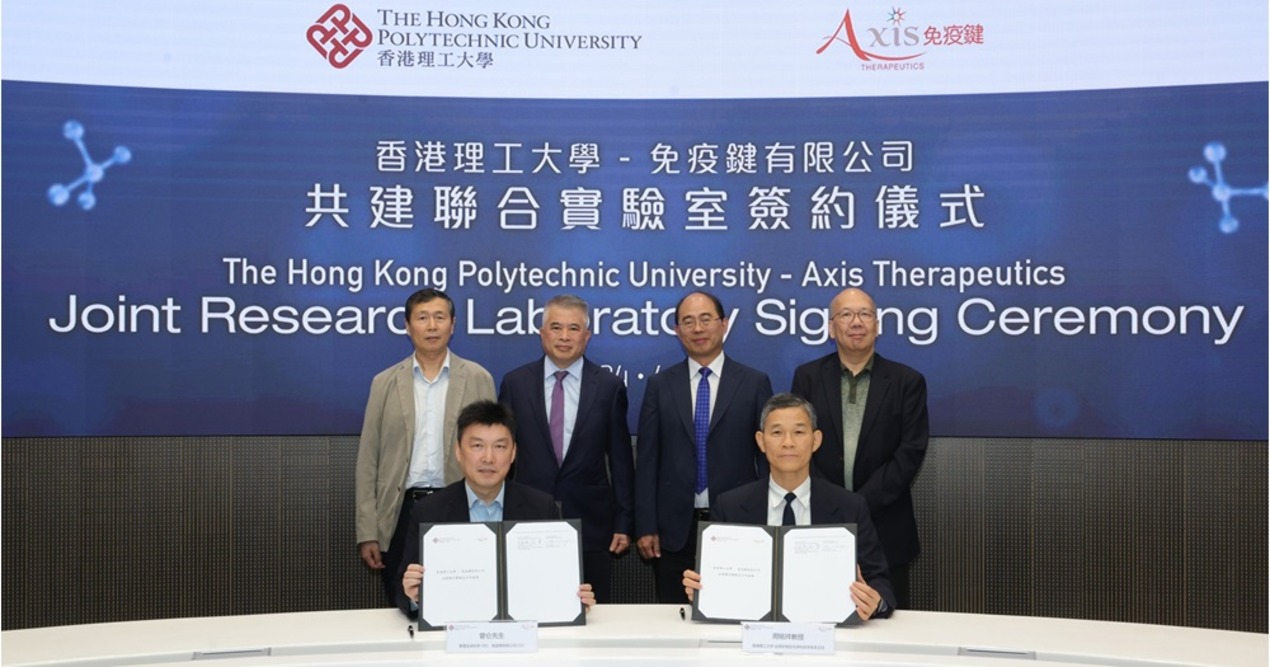
Australia recently launched a new professional development program to identify the necessary digital health capabilities for nurses and midwives to further improve the quality, safety and efficiency of care that they deliver.
The 2020 focus on nursing and midwifery in the digital age coincides with the World Health Organization’s International Year of the Nurse and Midwife.
About the initiative
According to a recent press release, nurses and midwives across the country will now be consulted on the specific digital health skills they need, what is practical and relevant for them.
Moreover, they will be asked how a draft digital health capability framework could be used in hospitals and health services as a professional development guide for nursing and midwifery in the digital world.
Consultation began on 3 February 2020 and will run for six weeks.
The new program will provide nursing and midwifery organisations with the opportunity to collaborate so that they can create the first national framework to support nurses and midwives in an increasingly digital workplace, with all the challenges and opportunities that provides.
The goal is to raise awareness among nurses and midwives of the value of digital health skills, the opportunities in the area, and the knowledge to improve the quality of patient care.
Background
The professional development program is being undertaken by the Health Informatics Society of Australia (HISA) in collaboration with the Australian Digital Health Agency as part of the National Digital Health Strategy’s commitment to building health workforce capability in digital health.
Meanwhile, the consultation is being conducted in collaboration with the Australian College of Nursing, the Australian College of Midwives, the Australian Nursing and Midwifery Federation (ANMF), the Australian Nursing and Midwifery Accreditation Council, the Digital Health Cooperative Research Centre (DHCRC) and Chief Nursing and Midwifery Officers representing Federal and State Government jurisdictions, along with other key stakeholders from across the nursing and midwifery sectors.
HISA CEO Dr Louise Schaper explained that in the emerging field of digital health, nurses and midwives are at the forefront.
They combine knowledge, data, and technology to produce the best possible outcomes for patients.
Once the consultation is completed, the final capability framework and resources would be launched at the Nursing Informatics global congress NI 2020 in Brisbane, on 27 – 29 July 2020.
Outcomes
Angela Ryan, the Agency’s Chief Clinical Information Officer and also a Registered Nurse, highlighted that the program will identify the specific skills, which the nurses and midwives need, for them to maximise the benefits for their patients from Australia’s digital health system.
Chair of the Advisory Committee for the program Julie Reeves from the ANMF shared how important it is for their members to be skilled in the use of digital health tools and technology and see this as an opportunity to contribute to the ongoing development of the members’ professions.
This program follows the National Digital Health Workforce and Education Summit held in November 2019 in collaboration with the Digital Health CRC.
This Summit brought together leading academics, industry, policymakers and health and care workers nationally.
Together, they discussed and collaborated on the draft National Digital Health Workforce and Education Roadmap, which will support the Australian health workforce in the global transformation to a digital health future.
















